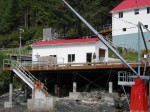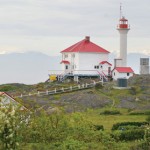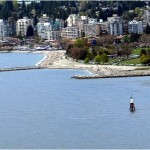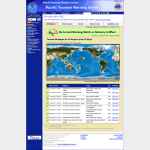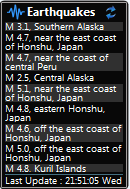 The following extracts taken from early Victoria, British Columbia (BC) newspapers are credited to Leona Taylor for her excellent work in indexing the papers. Full information can be found here: “Index of Historical Victoria Newspapers“, 2007-09.
The following extracts taken from early Victoria, British Columbia (BC) newspapers are credited to Leona Taylor for her excellent work in indexing the papers. Full information can be found here: “Index of Historical Victoria Newspapers“, 2007-09.
************************************
The wreckage found on West Coast, of which news was given in the Colonist yesterday, was the theme of much speculation along the waterfront yesterday, but no one could offer any information regarding the identity of the vessel which has been lost, if, as appearances seem to indicate, such has been the case. The uncertainty regarding the letters on the nameboard found in the vicinity of Carmanah balks all attempts to take the shroud from the mystery . Lighthouse-keeper W Daykin, in charge of Carmanah lighthouse, in a letter sent down by Queen City, says that this black-painted nameboard, which is a 6×8 timber, about 8′ long, has white painted letters on it, which one man reports as “Rei-ner” – the centre letter being missing and another reports “Rin-ter”. The boats, which were described yesterday, were unmarked. The one found to the westward of Carmanah was the bow boat, and about 12′ long, Continue reading Lighthouse History – 12 (1901-01-18 to 1901-01-25)
